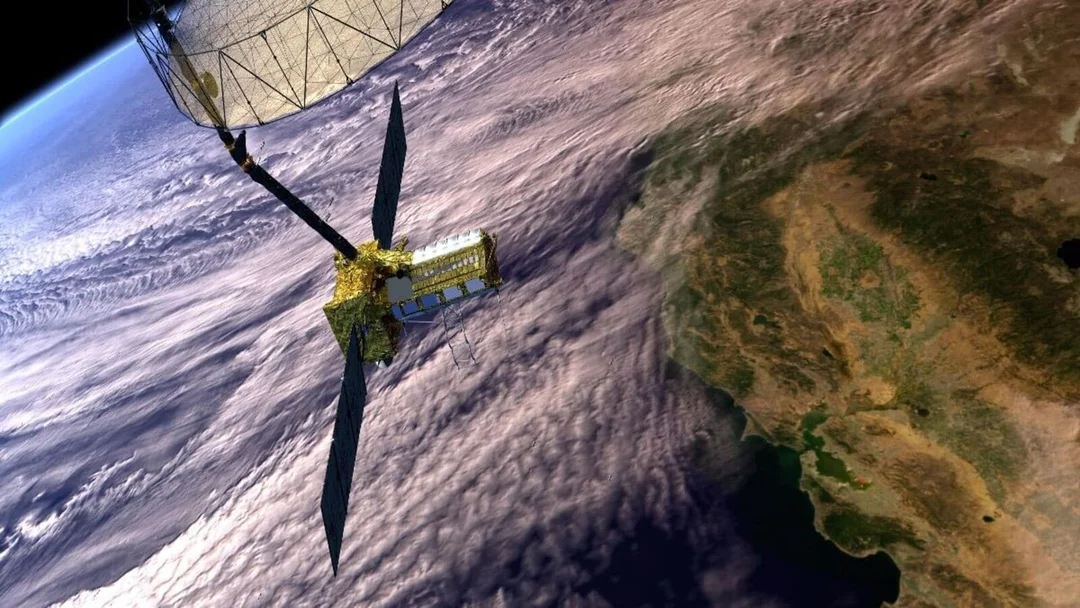
Operation Sindoor: How India Leveraged Space Assets for Strategic Military Advantage
Operation Sindoor, a series of military strikes executed by India, has brought into focus the critical role of space assets in modern warfare. Carried out in response to a tragic incident in Jammu and Kashmir, this operation highlights India's increasing reliance on both domestic and international satellite technology for strategic advantage. This event marks a significant step forward in India's military capabilities and has prompted a rapid acceleration of the country's spy satellite program.

Strategic Use of Space Technology
Multiple sources confirmed to The Times of India that Indian armed forces extensively utilized a range of space assets during Operation Sindoor. A senior official from Isro revealed, "All of our strategic assets were put to use in different ways by our armed forces for Operation Sindoor. Our teams have been working round the clock and we are proud that Isro could help our forces in missions important for the country." The operation employed data from both domestic satellites, like those in the Cartosat and Risat families, and commercial global operators. While the specifics of which foreign satellites were utilized remain unclear, the report mentions data procured from a US-based provider. This underscores the importance of readily available, high-resolution imagery for mission planning and execution.
Key Satellite Contributions
The Cartosat family of satellites, known for their high-resolution imagery and dual-use (image & video) capabilities, played a pivotal role. These satellites, progressively upgraded since their initial launch in 2005, provide crucial intelligence for military operations. The Cartosat-2C, for example, delivers images with a resolution of 0.65 meters, vital for reconnaissance and surveillance. Risat satellites provide radar images useful for tracking movement, while the Gsat family facilitated communications. The application of NavIC, combined with other global GPS systems, further aided in operational effectiveness.
Accelerated Satellite Development
Following Operation Sindoor, India is fast-tracking its $3-billion spy satellite scheme. The Centre has tasked private firms to compress their satellite development timeline from four years to 12-18 months, with the goal of having new satellites ready by end-2026 or earlier. This expedited effort is part of the Space-based Surveillance-3 (SBS-3) scheme, which was approved last October. Under this program, 52 surveillance satellites are being built, with 31 being developed by private companies and the remainder by Isro.
Private Sector Involvement
Key private-sector companies like Ananth Technologies, Centum Electronics, and Alpha Design Technologies are playing a crucial role in accelerating the satellite development timeline. These companies, long-standing partners of Isro, have contributed to previous surveillance satellites and landmark missions like Chandrayaan-3. Their involvement highlights the growing importance of private sector participation in India's space program.
Looking Ahead
Isro chairman V Narayanan revealed that another important satellite, the EOS-09 or Risat-1B, is slated for launch, further enhancing India's surveillance capabilities. This satellite features an advanced C-band synthetic aperture radar system that delivers high-resolution Earth surface imagery in all weather conditions.
Operation Sindoor has once again highlighted the critical role space assets play in modern warfare. With an increased reliance on domestic and foreign satellite technology and an acceleration of the SBS-3 program, India is poised to significantly strengthen its strategic military advantages. What implications will this increase in space-based surveillance have on geopolitical stability in the region? Share your thoughts in the comments below.